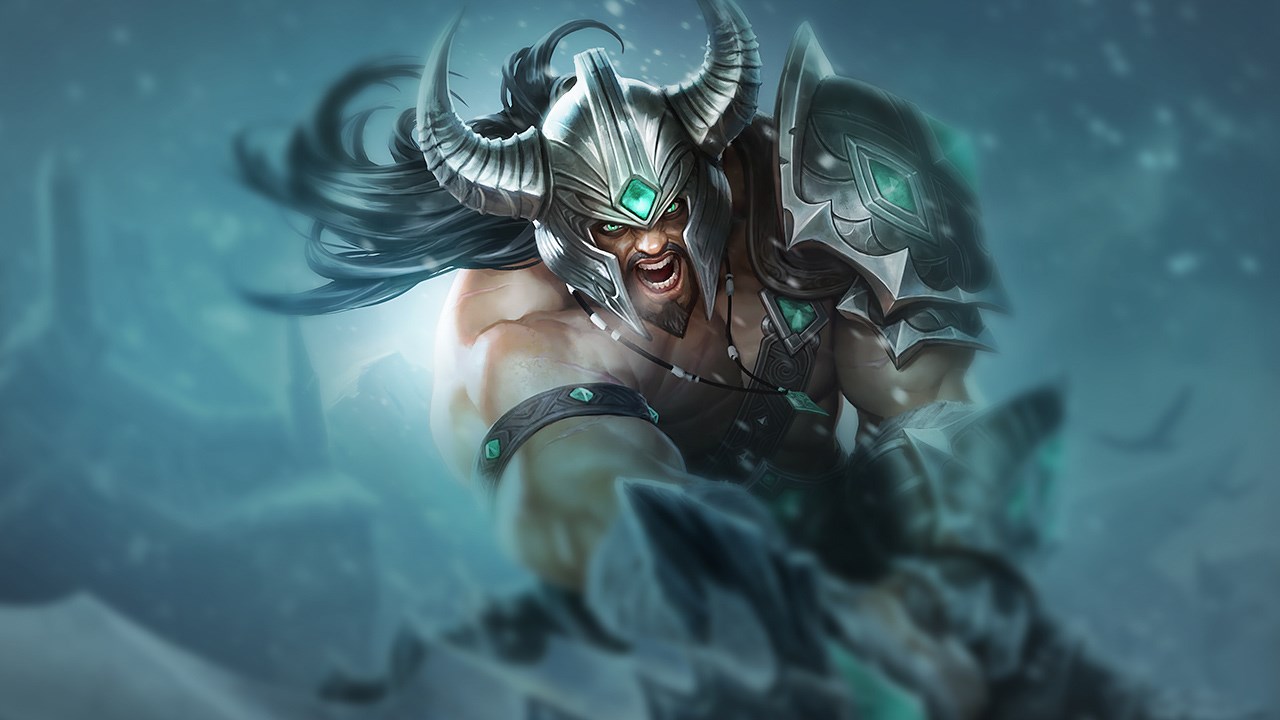
The Effect of Virtual Achievements on Student Engagement. ACM Press, Brisband, Queensland, Australia, 1–9. In Proceedings of the Australasian Computer Science Week Multiconference on - ACSW ’18. Player Retention in League of Legends: A Study Using Survival Analysis.

In Proceedings of the Annual Symposium on Computer-Human Interaction in Play(CHI PLAY ’17). Age-Based Preferences and Player Experience: A Crowdsourced Cross-Sectional Study. In Proceedings of the 2016 CHI Conference on Human Factors in Computing Systems(CHI ’16). Fostering Intrinsic Motivation Through Avatar Identification in Digital Games. In Proceedings of the 2019 CHI Conference on Human Factors in Computing Systems - CHI ’19. Gamified Ads: Bridging the Gap Between User Enjoyment and the Effectiveness of Online Ads. Maximilian Altmeyer, Kathrin Dernbecher, Vladislav Hnatovskiy, Marc Schubhan, Pascal Lessel, and Antonio Krüger.In Proceedings of the Annual Symposium on Computer-Human Interaction in Play. Game Dynamics That Support Snacking, Not Feasting. Dmitry Alexandrovsky, Maximilian Achim Friehs, Max V.

International Journal of Human-Computer Studies 135 (March 2020), 102370. Development and Validation of the Player Experience Inventory: A Scale to Measure Player Experiences at the Level of Functional and Psychosocial Consequences. Vero Vanden Abeele, Katta Spiel, Lennart Nacke, Daniel Johnson, and Kathrin Gerling.These findings are congruent with existing theories of player experience and promote the development of guidelines on designing for sustained engagement in serious games. Using survival analysis, we identified that the addition of Completion and Blocking mechanics facilitated the strongest sustained engagement.

We compared the game versions by analyzing the players’ performance as well as behaviour. We implemented a math-learning game in which we could individually layer various game mechanics, and over the course of 3 weeks, 99 participants played one of six versions: Baseline, Rewards, Novelty, Completion, Waiting, or Blocking.

This work draws on evidence from existing frameworks and game design theories as well as from the design of casual games to investigate how individual game mechanics affect player attrition in a serious game. Many serious games are most effective when played regularly however, little is known about how individual game elements support player adherence over time.


 0 kommentar(er)
0 kommentar(er)
